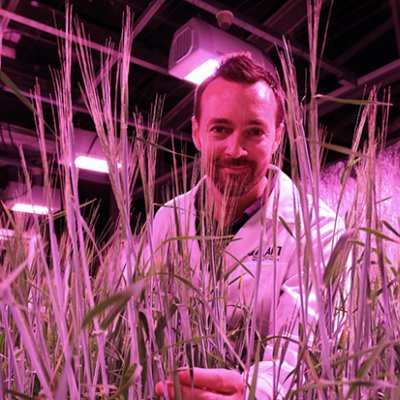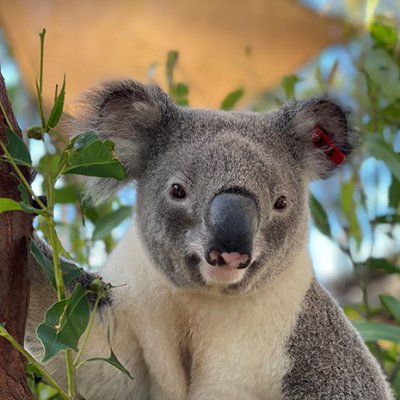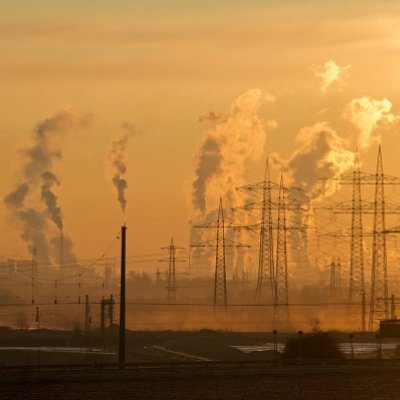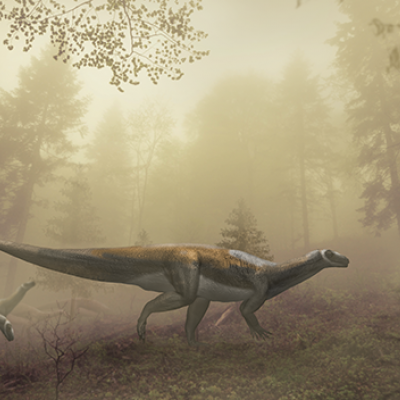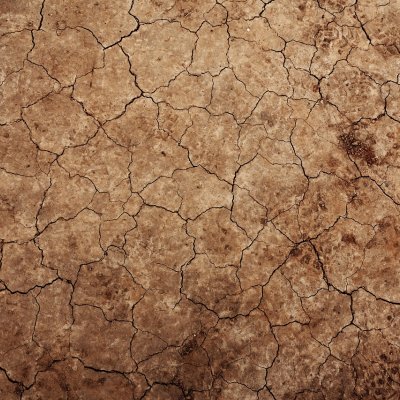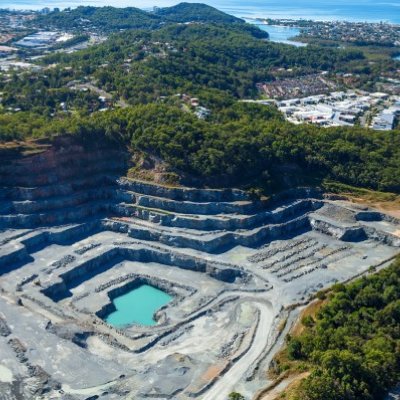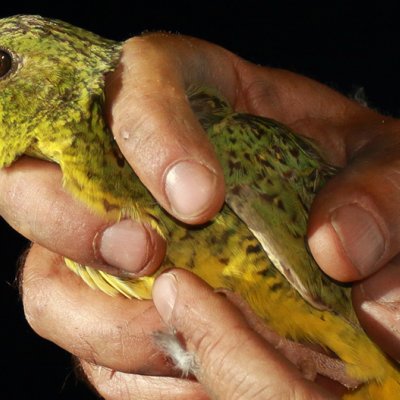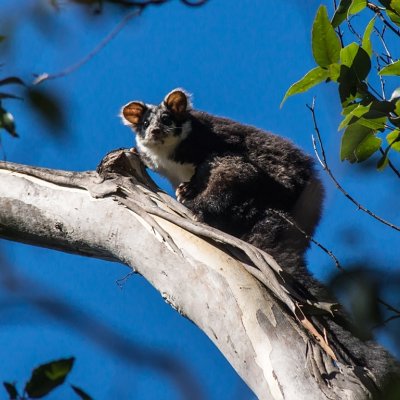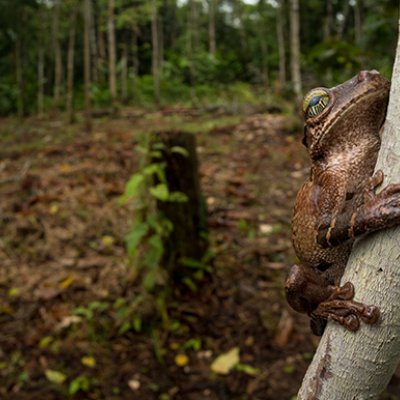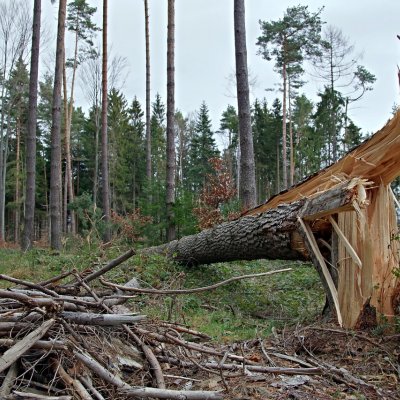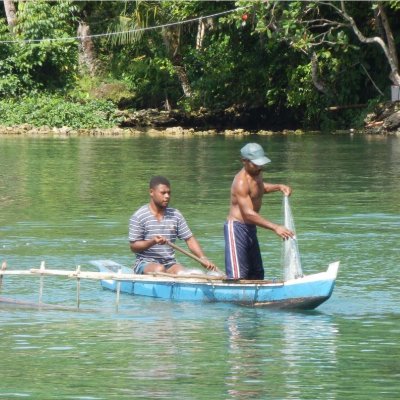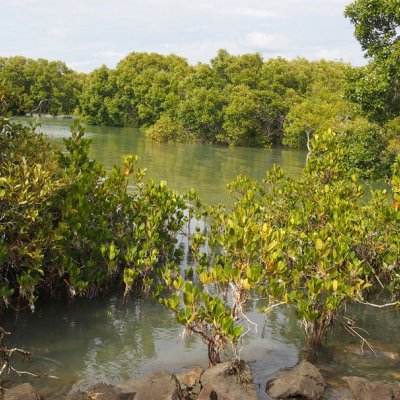Artificial intelligence could hold the key to feeding 10 billion people by 2050 in the face of climate change and rapidly evolving pests and pathogens according to researchers at The University of Queensland.
11 August 2023A koala, specially bred as part of a University of Queensland-led conservation project, could turn around the fate of endangered koala colonies along Australia’s east coast.
29 March 2022All eyes will be on Glasgow over the first two weeks of November as world leaders meet at the most important international climate summit in the past decade.
2 November 2021Fossil footprints found in an Ipswich coal mine have long been thought to be that of a large ‘raptor-like’ predatory dinosaur, but scientists have found they were instead left by a timid long-necked herbivore.
22 October 2021Mega-droughts – droughts that last two decades or longer – are tipped to increase thanks to climate change, according to University of Queensland-led research.
30 October 2020Growing demand for metals necessary for the transition to a low carbon future will lead to more mining in high-risk areas, according to University of Queensland research.
28 September 2020The current technique used for counting lion populations for research and conservation efforts doesn’t add up, according to a University of Queensland researcher.
18 June 2020Australia’s most elusive bird, the night parrot, may not be as good at seeing in the dark as its name would suggest, and not much better at seeing in the dark than daytime active parrots.
10 June 2020Drastic ecosystem interventions like eradicating an unwanted species can sometimes backfire, but new University of Queensland-led modelling may help to avoid these ecological hiccups.
29 January 2020Deforestation in Colombia has been linked to armed conflict and forests’ proximity to coca crops, the plant from which cocaine is derived.
13 August 2019The world needs a new international protected area target based on scientific evidence, according to a team including University of Queensland scientists.
11 April 2019Millions of people who depend on fisheries will benefit if targets to protect coastal marine areas in reserves are doubled or trebled.
6 January 2017Researchers have distilled 40 years of coastal marine restoration studies into a set of powerful guidelines for anyone hoping to rejuvenate coastal habitats.
9 June 2016One of the most feared animals on earth will be the subject of a new University of Queensland and Cornell University Massive Open Online Course (MOOC).
27 May 2016Australia’s humpback whale population is increasing by more than 10 per cent a year, and University of Queensland researchers are going to extreme lengths to find out why.
22 February 2016Mangrove forests around the Indo-Pacific region could be submerged by 2070, according to international research published today.
15 October 2015The controversy ignited by the Australian National University in October, when it decided to sell its shares in seven resources companies, has raised two important questions about divestment from assets such as fossil fuels.
1 December 2014School students across the globe will explore one of our most critical resources as part of the world’s largest science experiment, with a UQ lecturer leading the project in Australia.
8 April 2011Ancient larvae found in lakes could provide the answer to how climate change has affected Australia’s weather over the past 21,000 years.
1 March 2011A new article in the international scientific journal Conservation Biology shows that Australia’s most endangered species are extremely poorly represented in the nation’s protected area system.
3 November 2010- 1 of 2
- next ›
